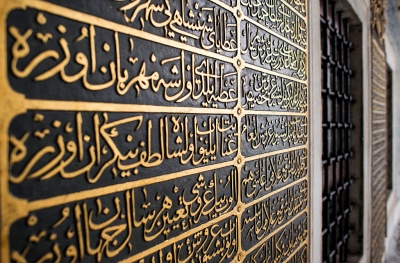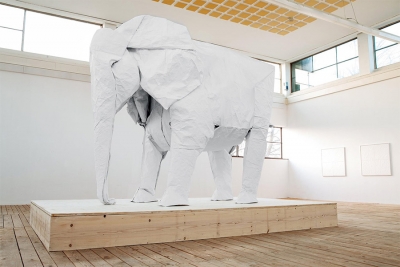UNESCO declare Arabic calligraphy a cultural heritage

UNESCO late last year added Arabic calligraphy, a key tradition in the Arab and Islamic worlds, to its Intangible Cultural Heritage list. It is nothing but the practice of handwriting and calligraphy based on the Arabic alphabet.
In total, 16 Muslim-majority countries, led by Saudi Arabia, presented the nomination to the UN Educational, Scientific and Cultural Organisation, which announced the listing on Twitter.
In Arabic, this practice of calligraphy is called khatt. It is derived from the word line, 'design' or 'construction'. While most use Arabic calligraphy and Islamic calligraphy interchangeably, the two are not the same.
This listing by UNESCO is welcomed by conservationists as many have complained about the lack of people taking to Arabic calligraphy due to technological advancements. Researchers believe that the tag would contribute to developing this cultural heritage
What is intangible heritage?
It includes traditions or living expressions inherited from ancestors and passed on through generations. These may be in the form of performing arts, oral traditions, social practices, rituals, knowledge, festive events and crafts among others. Intangible cultural heritage plays an important role in maintaining cultural diversity in the times of globalisation.
As of 2021, 629 elements from 139 countries have been added to the list of Intangible Cultural Heritage. These include, the Kumbh Mela, Yoga, Chhau dance, Kutiyattam, and Ramlila among others from India.
Picture Credit : Google
